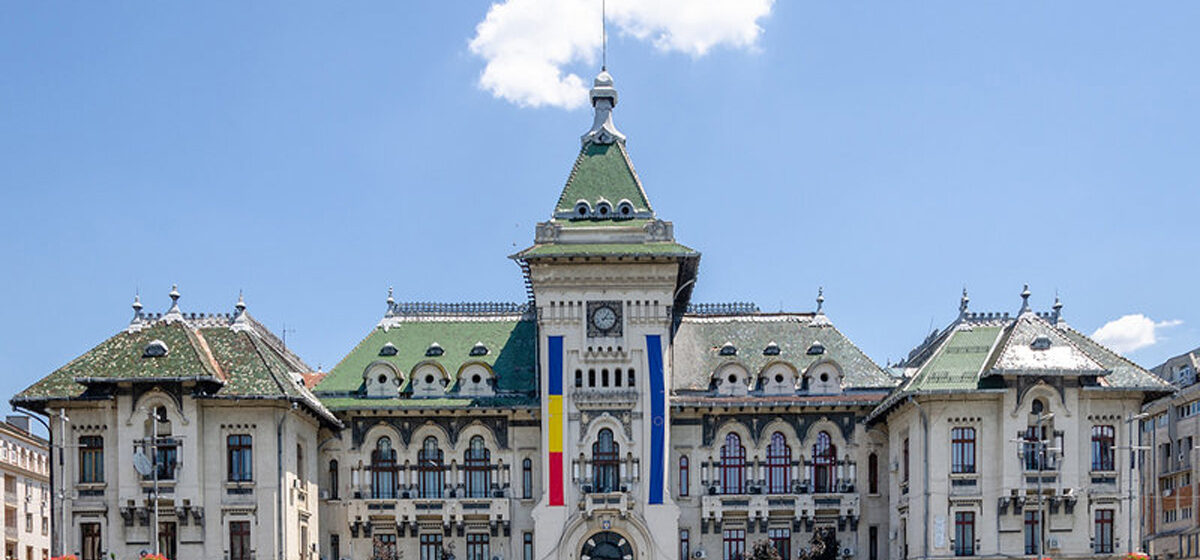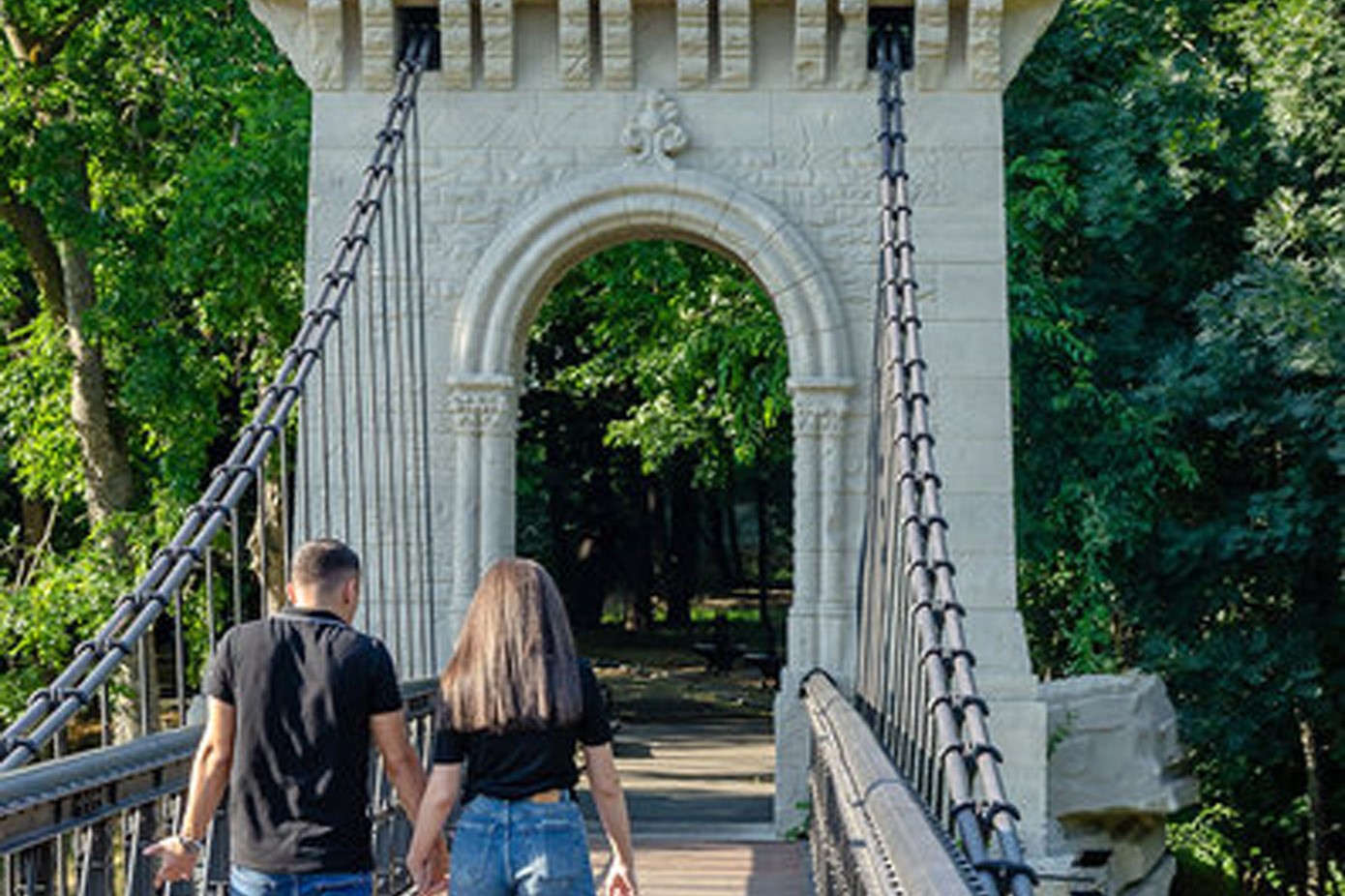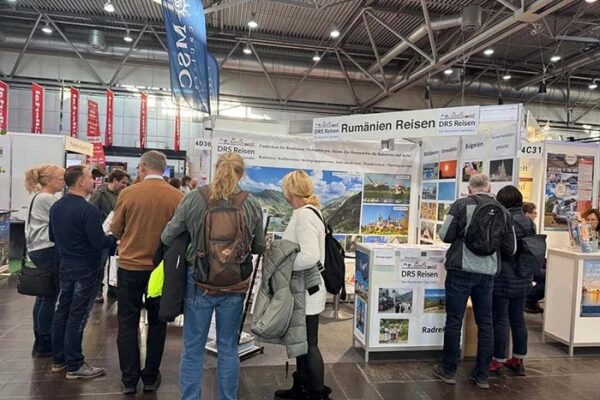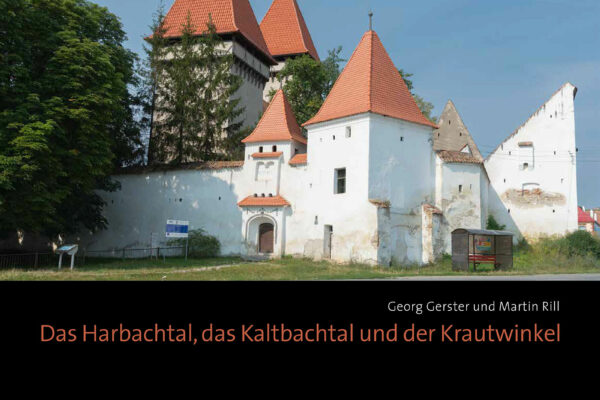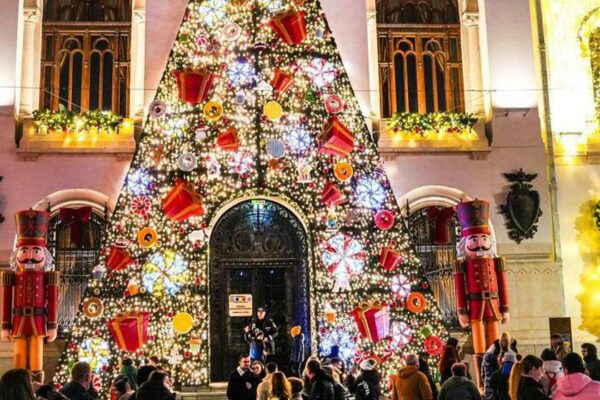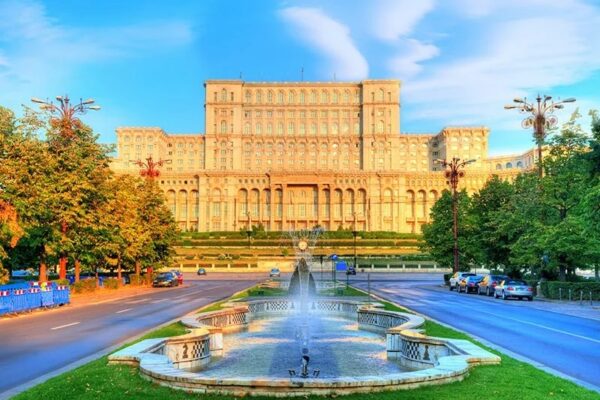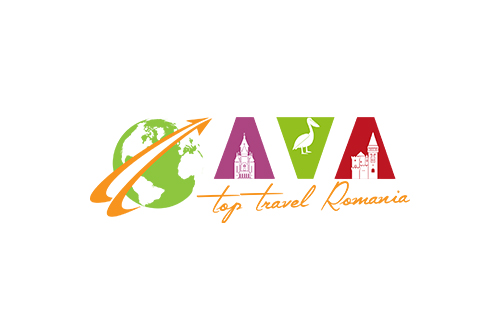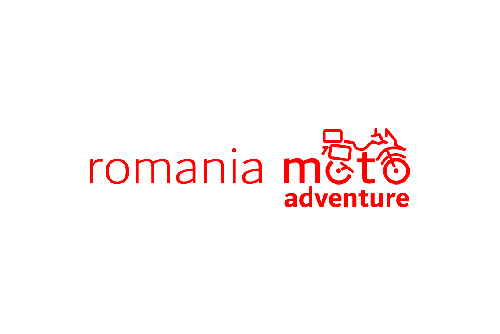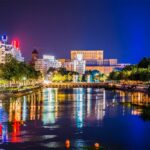
Bucharest – capital of Romania | The city that never sleeps
1 November 2023
Discover Romania | Use our powerful search function
3 November 2023Eine Ermutigung, die Kleine Walachei zu entdecken | Oltenien bietet abwechslungsreiche Ziele für ganz verschiedene Geschmäcker
Look at this sacred beauty. Oltenia, the land of good people. A fist of five counties. The center of ancient embers,” reads the musical declaration of love “Oltenia, Eterna Terra Nova” to Little Wallachia and its soccer club Universitatea Craiova.
Usually overlooked by domestic and foreign tourists and often mentioned in travel guides only for the sake of completeness, the region between the Carpathians, the Danube and the Old has a whole range of varied destinations for very different tastes. Be it a recreational vacation in Băile Olănești, a cultural excursion to the UNESCO World Heritage Site, the Horezu Monastery, in Romanii de Jos or a wine tasting at the Știrbey Estate. In Oltenia you can discover abandoned villages and here you can still find many of the representative monuments at village entrances, which were once designed by local artists. In the following, however, the Nicolae Romanescu Park in Craiova and the fading Jewish past of Caracal will be presented.
The Nicolae Romanescu Park in Craiova.
The oldest non-religious building in the city, Casa Băniei, was built by Constantin Brâncoveanu in 1699 as a residence for his vassals. Already in 1491 the seat of the Ban (ruler) had been moved from Strehaia to Craiova. The “House of the Ban” was later also the seat of the Habsburg administration and today houses the Ethnographic Museum. In a way, it marks the rise of the city to the center of the region. During the Austrian rule (1718-1738), the city was briefly degraded, but with the unification of the two principalities of Wallachia and Moldavia (1859/1862), Craiova experienced a new boom. Most of the historical architecture dates from the end of the 19th century until the First World War. These include the neoclassical Palace of Justice, which became the main building of the university after World War II, the neo-Gothic palace of the large landowner Ioan C. “Jean” Mihail, and also the neo-Romanian administrative palace designed by Petre Antonescu.
On the southern edge of this old Craiova, the Nicolae Romanescu Park – then Bibescu Park – was also created at the turn of the century on the former estate of the boyar family of the same name. It is fair to say that this is the most beautiful park in the country. Covering an area of about 90 hectares, the park is a place for recreation, culture and sports activities at the same time. Its plans were made by the French landscape architect Édouard Redont and were even awarded a prize at the World Exhibition in Paris (1900): The corresponding medal is in the Olten Museum of History and Archaeology. Its realization took place between 1897 and 1903 on the initiative of the then mayor Nicolae Romanescu.
At the same time, Redont also provided the plans for Carol Park in Bucharest, Trivale Park in Pitești, and the seaside resort of Mamaia. Already at the beginning of the 19th century, the Romanian elite had discovered the big Latin sister in the West, which would subsequently become a decisive catalyst of the emancipatory modernization of the country, France would remain the greatest love of the Romanian elite for several generations. Towards the end of the 19th century and until the middle of the 20th century, a number of architects from France and Switzerland were active in Romania: Jean Mihail’s palace, mentioned above, was designed by Paul Gottereau from Perpignan in southern France, who was also responsible for Cotroceni Castle and the main building of the University Library in Bucharest.
The central elements of the park include the “enchanted castle” (Castelul Fermecat), which actually functioned as a water tower and today houses a guest garden, as well as the imposing, almost 50-meter spanning suspension bridge over an artificial lake, which can be navigated with pedal boats in summer and with ice skates in winter. Moreover, between improvised hills and valleys, numerous species of trees have been acclimatized, which are not otherwise found in Romania due to the climatic conditions. Today the park is also an exhibition place for the sculptures of Romanian artists.
For a few months, the park also housed a statue of Stephen the Great. The then mayor of Chișinău had it dismantled and transported to Craiova shortly before the Romanian army withdrew from Bessarabia in the spring of 1944. Only a year later, however, it was returned to the Soviet Union. Not far from today’s main entrance, whose portal was built only between 1954 and 1956 in the course of modernization works, there is the Summer Theater, a popular place for cultural events. In the southern part of the park there is also a hippodrome and a velodrome, and there are 35 kilometers of paths for jogging.
The Jewish past of Caracal
Just under an hour’s drive southeast of Craiova lies Caracal, the most important town in the Romanați lowlands with 30,000 inhabitants. Its geographically favorable location as a crossroads on the west-east axis between Craiova and Roșiori de Vede/Bucharest and the north-south axis along the Alt River made it a trade hub of regional importance already in earlier centuries. Analogous to Craiova, the unification of the two principalities of Moldavia and Wallachia also increased the importance of Caracal. Witnesses of this awakening are the Palace of Justice (1897) and the National Theater (1901), which was destroyed by fire in 1987 and could be reopened only in 2008. Between 1859 and 1899, the population increased from 5638 to 12,947.
The existence of a small Jewish community is documented since 1838. Very likely, however, the first Jews arrived in the city as merchants and under Austrian protection at the end of the 18th century. By the outbreak of World War I, the manageable community had grown to just over 200 people. The neoclassical synagogue was built in 1902 and is located somewhat set back on Plevnei Street, with access via Sergent Grigore Ion Street, in the center of the former Jewish quarter. In contrast to the modest exterior, the interior of the synagogue is richly decorated, but a spontaneous visit is not possible.
Far away, already a little outside the city, is the Jewish cemetery with a small chapel. Regular maintenance no longer takes place, rather a local seems to have appropriated the plot. When visiting the cemetery with a city employee, a cow was grazing among the graves. Quite surprisingly, the last person was buried here as recently as 2014. On the other hand, among the oldest gravestones are those of Isac Silberman (1883) and Ilie Steiner (1898). The vast majority of the inscriptions are in Romanian or Hebrew, the only exception being the gravestone of Fani Körnbach, which asks for the child’s rest in peace in German. The gravestone without the year of death of Marko Mony Guberek, who was born in Poland in 1919 and survived the Holocaust, also attracts attention.
The last remnants of the Jewish quarter disappeared at the latest with the urban restructuring starting in 1980, so that today the cemetery and the synagogue are the only witnesses of the approximately 200-year Jewish history of the city. A very small Jewish community exists today only in Craiova. Here the Jewish cemetery is located not far from the Catholic and Protestant cemeteries. Oltenia also has a multicultural past. There is much to discover between the Danube, the Old and the Carpathians – in Oltenia, the Latin province, the land that produced Michael the Brave.
ADZ | Allgemeine Deutsche Zeitung für Rumänien
Text & Images: Michael Mundt

